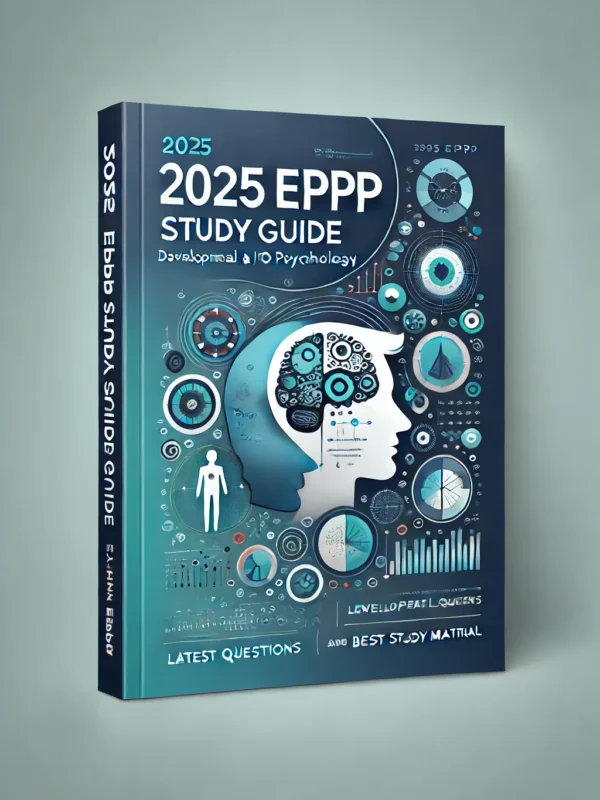-
Includes 100 practice questions with correct answers and rationales.
-
Covers key topics: physical examination, vital signs, and clinical assessment techniques.
-
Provides clinical tips to improve practical application in real-world settings.
-
Features detailed rationales to deepen understanding of nursing concepts.
-
Aligned with University of Pennsylvania’s nursing curriculum standards.
-
Supports HESI and NCLEX-RN preparation with focused remediation tools.
-
Offers insights into the 2025 HESI Physical Assessment Exam format.
Preview
During an eye assessment, the nurse asks the patient to keep the head stationary and
by moving the eyes only follow the nurse’s finger as it moves side to side, up and down,
and obliquely. This assessment technique collects what data about which cranial
nerves? Select all that apply.
a. Cranial nerve II (optic)
b. Cranial nerve III (oculomotor)
c. Cranial nerve IV (trochlear)
d. Cranial nerve VI (abducens)
e. Cranial nerve V (trigeminal) – – correct ans- -b. Cranial nerve III (oculomotor)
c. Cranial nerve IV (trochlear)
d. Cranial nerve VI (abducens)
Correct: Cranial nerve III (oculomotor), cranial nerve IV (trochlear), and cranial nerve VI
(abducens) provide muscle movement for the eyes.
Incorrect: Cranial nerve II (optic) provides vision. Cranial nerve V (trigeminal) provides
movement for the jaw and sensation for cornea, conjunctive, eyelids, teeth, tongue, and
mouth.
What findings does the nurse expect when assessing the ears of a healthy adult? Select
all that apply.
a. Cerumen noted in the outer ear canal
b. Pinna located below the external corner of the eye
c. Cone of light located in the 5 o’clock position in the left ear
d. Ratio of air conduction to bone conduction 2:1
e. Tympanic membrane pearly gray
f. Whispered words repeated accurately – – correct ans- -a. Cerumen noted in the outer
ear canal
d. Ratio of air conduction to bone conduction 2:1
e. Tympanic membrane pearly gray
f. Whispered words repeated accurately
Correct: These are all expected findings from an assessment of the ears of a healthy
adult.
Incorrect: The pinna should align with the outer canthus of the eye. Cone of light should
be located in the 7 o’clock position in the left ear and the 5 o’clock position in the right
ear.












Reviews
There are no reviews yet.